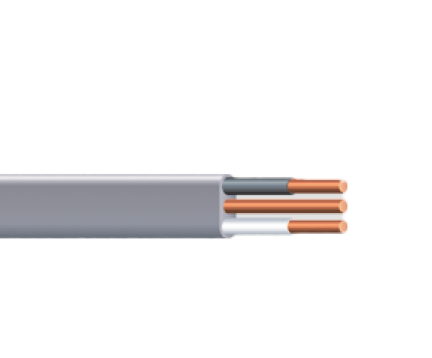Demystifying Cable Standards: A Guide to UL and NEC Compliance
In the world of cable manufacturing and installation, adherence to standards and regulations is not just a choice; it's a commitment to safety, reliability, and performance. Two pillars that govern this landscape in the United States are Underwriters Laboratories (UL) and the National Electrical Code (NEC). In this guide, we’ll shed light on the significance of these standards and the impact they have on cable manufacturing and installation practices.Understanding Underwriters Laboratories (UL)
What is UL?
Underwriters Laboratories, commonly known as UL, is a globally recognised independent non-for-profit safety science company. Established in 1894, UL plays a pivotal role in developing and publishing safety standards for a wide range of products, including cables and electrical components.
Why is UL Certification Important?
When a cable or electrical product carries the UL mark, it signifies that it has undergone rigorous testing and meets stringent safety standards. This certification assures consumers, manufacturers, and regulatory bodies that the product is safe for use in accordance with established guidelines.
The Role of UL Standards in Cable Manufacturing
UL Listed vs. UL Recognised:
● UL Listed: This indicates that the product has undergone testing by UL and meets specific safety requirements. It is suitable for use in accordance with the designated standards.
● UL Recognized: This designation is given to components or materials that are part of a larger system. It doesn't imply complete safety in standalone use but assures compatibility within a UL-listed system.
Common UL Standards for Cables:
● UL 83: Standard for Thermoplastic-Insulated Wires and Cables
● UL 1569: Standard for Metal-Clad Cables
● UL 4703: Standard for Photovoltaic Wire
Decoding the National Electrical Code (NEC)
What is the NEC?
The National Electrical Code, published by the National Fire Protection Association (NFPA), is a comprehensive standard for electrical installation and safety in the United States. It serves as a guide for electricians, contractors, and authorities having jurisdiction.
Why is NEC Compliance Important?
Adhering to the NEC is not just a best practice; it is a legal requirement in many jurisdictions. The NEC is updated every three years to incorporate advancements in technology and safety practices, ensuring that electrical installations are up to date with the latest industry standards.
Cable Installation and NEC Compliance
Key Considerations for NEC Compliance:
● Cable Ampacity: Ensuring that the cables selected can handle the anticipated electrical load without exceeding their ampacity rating.
● Conduit and Raceway Requirements: Proper installation of conduits and raceways to protect cables and facilitate maintenance.
● Grounding and Bonding: Adhering to guidelines for grounding and bonding to prevent electrical shock and ensure system integrity.
The Interplay of UL and NEC in Cable Safety
While UL focuses on the safety and performance of individual components, the NEC provides a comprehensive framework for the safe installation of these components.
Demystifying cable standards involves understanding the roles of Underwriters Laboratories (UL) and the National Electrical Code (NEC) in ensuring the safety, reliability, and performance of electrical systems. UL certification signifies that a product has met rigorous safety standards, while NEC compliance ensures that the installation of these products follows best practices and legal requirements.

